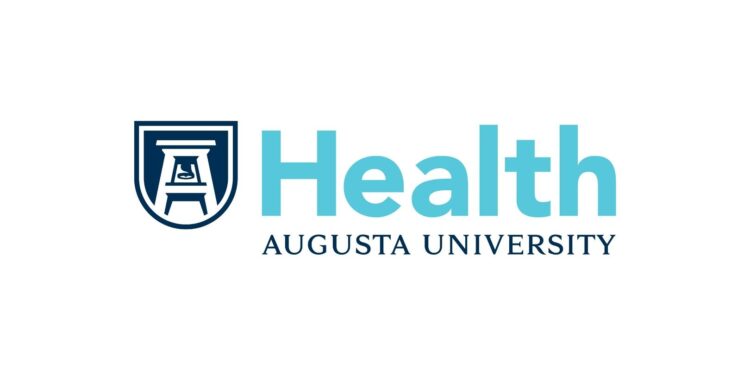Augusta Health has launched a comprehensive community health needs assessment to gain a clearer understanding of local health outcomes in Staunton and the surrounding areas. This initiative aims to identify pressing health challenges, inform resource allocation, and guide future healthcare strategies. By analyzing data and engaging with community stakeholders, Augusta Health seeks to enhance wellness and address disparities within the region, underscoring its commitment to improving public health for all residents.
Augusta Health Analyzes Community Health Trends to Identify Critical Challenges
Augusta Health recently conducted a comprehensive analysis of local health outcomes to better understand the pressing issues faced by the community. Using data collected from multiple sources, including hospital records, public health surveys, and demographic studies, health officials have pinpointed several critical challenges that require urgent attention. Among these are rising rates of chronic illnesses such as diabetes and hypertension, increasing mental health concerns, and disparities in access to healthcare services for underserved populations.
To address these concerns effectively, Augusta Health is prioritizing collaboration with local agencies and community organizations. The assessment highlights key focus areas:
- Preventive care expansion to reduce chronic disease impact
- Enhanced mental health resources for early intervention
- Improved healthcare accessibility for rural and low-income residents
- Community education campaigns promoting wellness and screening
These targeted strategies aim to foster a healthier community by bridging gaps and ensuring equitable care for all residents.
| Health Issue | Current Rate | Goal by 2025 |
|---|---|---|
| Diabetes Prevalence | 14.5% | 11% |
| Uninsured Residents | 9.2% | 5% |
| Depression Diagnosis | 18% | 13% |
In-Depth Assessment Reveals Disparities in Access and Outcomes Across Local Populations
Augusta Health’s comprehensive evaluation uncovered significant gaps in healthcare access and health outcomes among different demographics in the local population. Key barriers include socioeconomic status, geographic location, and varying levels of health literacy, which together contribute to inconsistent care quality and prevention efforts. The assessment highlighted that rural communities and marginalized groups face disproportionate challenges when seeking timely and effective medical services.
Data gathered during the assessment showed notable disparities across age groups and income levels, emphasizing the need for targeted interventions. The following summary table illustrates some of the critical differences identified:
| Population Segment | Access to Primary Care (%) | Chronic Disease Prevalence (%) | Preventive Screening Rate (%) |
|---|---|---|---|
| Urban Adults (18-64) | 82 | 24 | 67 |
| Rural Adults (18-64) | 59 | 38 | 42 |
| Low-Income Seniors (65+) | 54 | 46 | 59 |
Experts emphasize that closing these gaps will require:
- Expanding mobile health clinics to reach remote populations
- Enhancing community outreach programs tailored to culturally diverse groups
- Improving health education with accessible and multilingual resources
- Strengthening partnerships between local agencies to coordinate care
Experts Recommend Targeted Initiatives to Improve Preventive Care and Chronic Disease Management
Healthcare professionals emphasize the need for focused interventions tailored to specific community health challenges. By zeroing in on areas such as preventive screenings, immunization drives, and lifestyle education, these targeted initiatives aim to reduce the prevalence of chronic conditions like diabetes, hypertension, and heart disease. Experts advocate for partnerships between local clinics, public health departments, and community organizations to create comprehensive programs that address both medical and social determinants of health.
A recent needs assessment highlights several critical focus areas for improving outcomes. Strategies include:
- Enhanced patient education on managing chronic illnesses and medication adherence.
- Improved access to routine preventative services, especially in underserved neighborhoods.
- Data-driven monitoring to track progress and identify at-risk populations promptly.
| Initiative | Target Group | Expected Outcome |
|---|---|---|
| Mobile Screening Clinics | Rural Residents | Early Detection |
| Chronic Disease Workshops | Adults 45+ | Improved Self-Management |
| Telehealth Support | Patients with Mobility Issues | Better Care Access |
In Conclusion
As Augusta Health completes its comprehensive needs assessment, the findings promise to guide targeted initiatives aimed at improving health outcomes across the region. By closely examining local data and community input, the health system is positioning itself to address pressing challenges and enhance the well-being of residents throughout Staunton and surrounding areas. The News Leader will continue to follow these developments as Augusta Health works toward building a healthier future for all.










